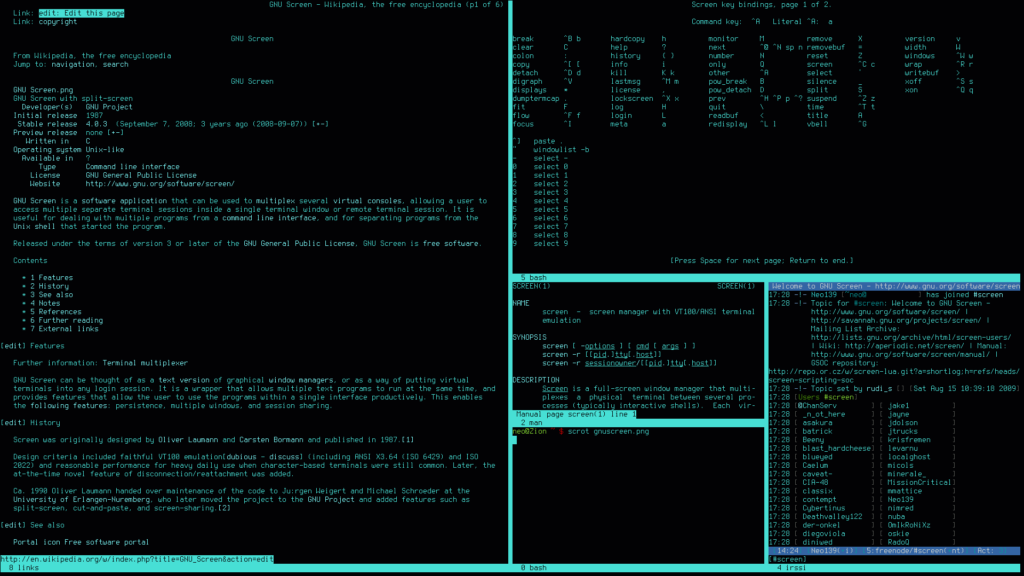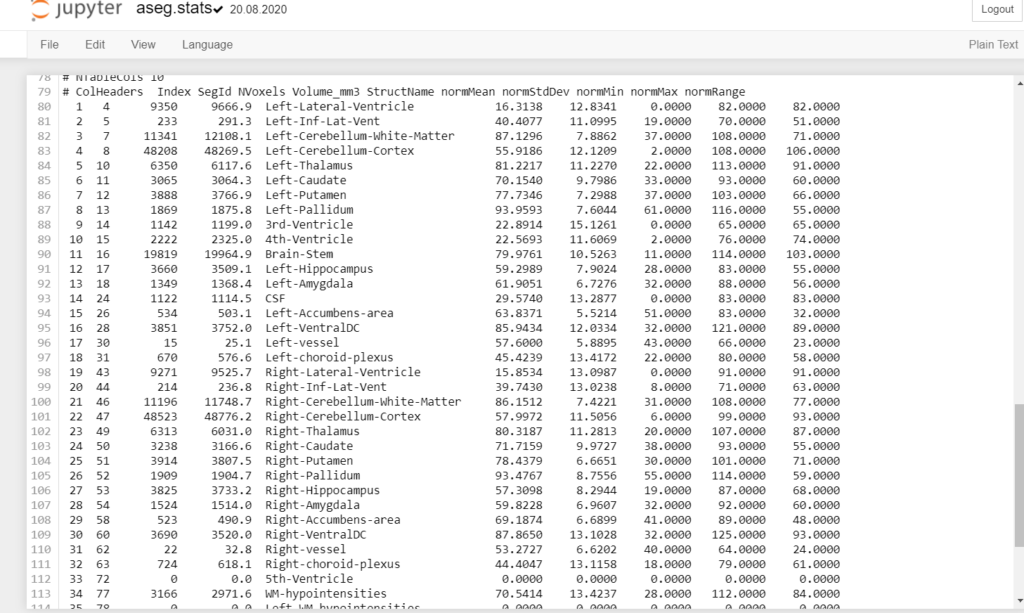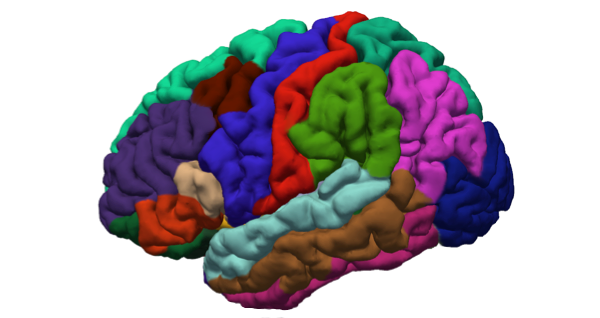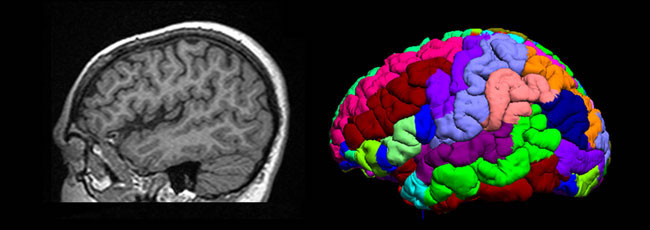Sometimes running a bash command on the server can take several hours to complete. In such cases you would like to run the command in background and close the terminal from which the command was started (without terminating the process itself). The best way to achieve that is to use GNU screen’s detaching utility. In order to run and detach […]




